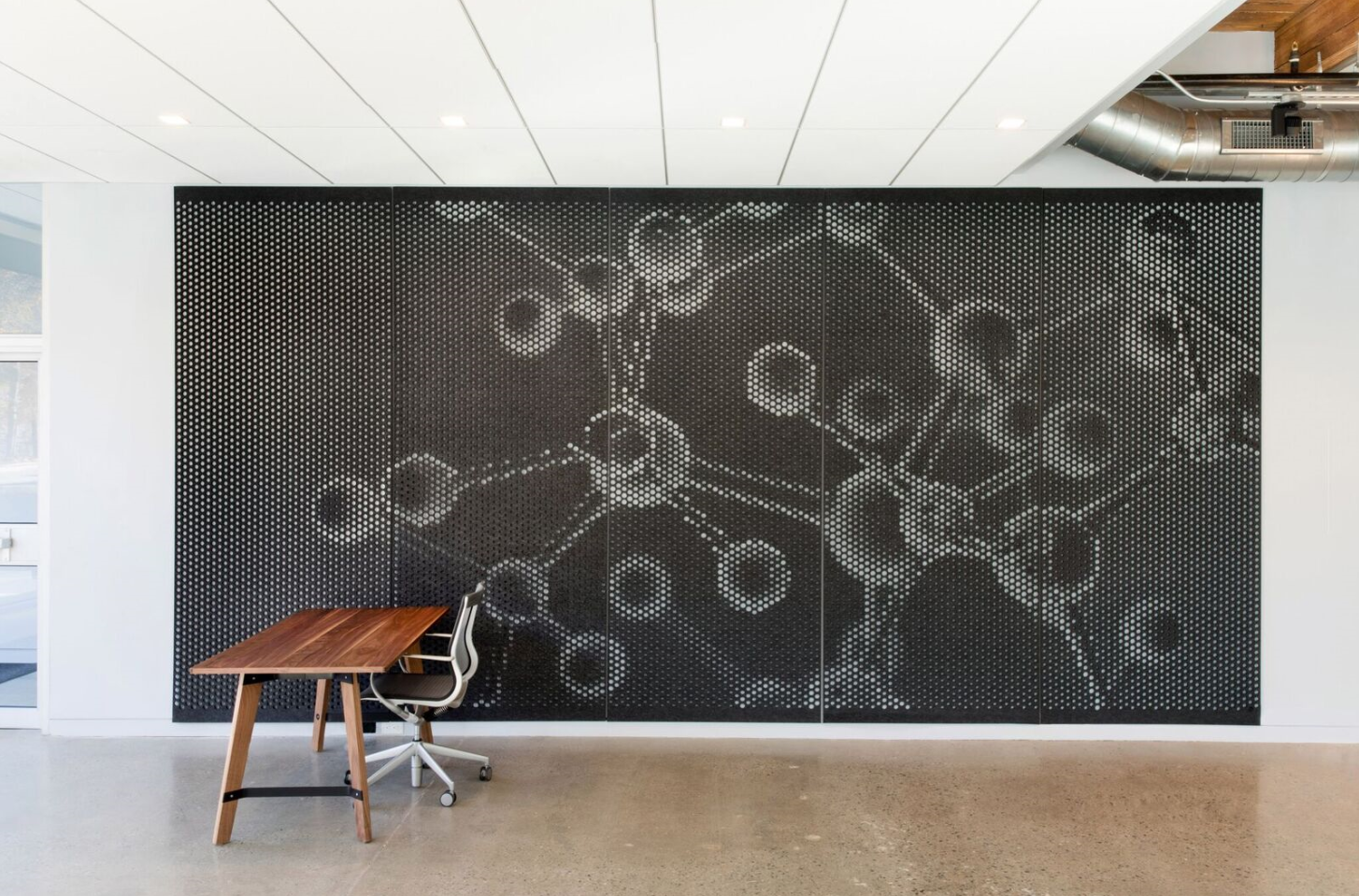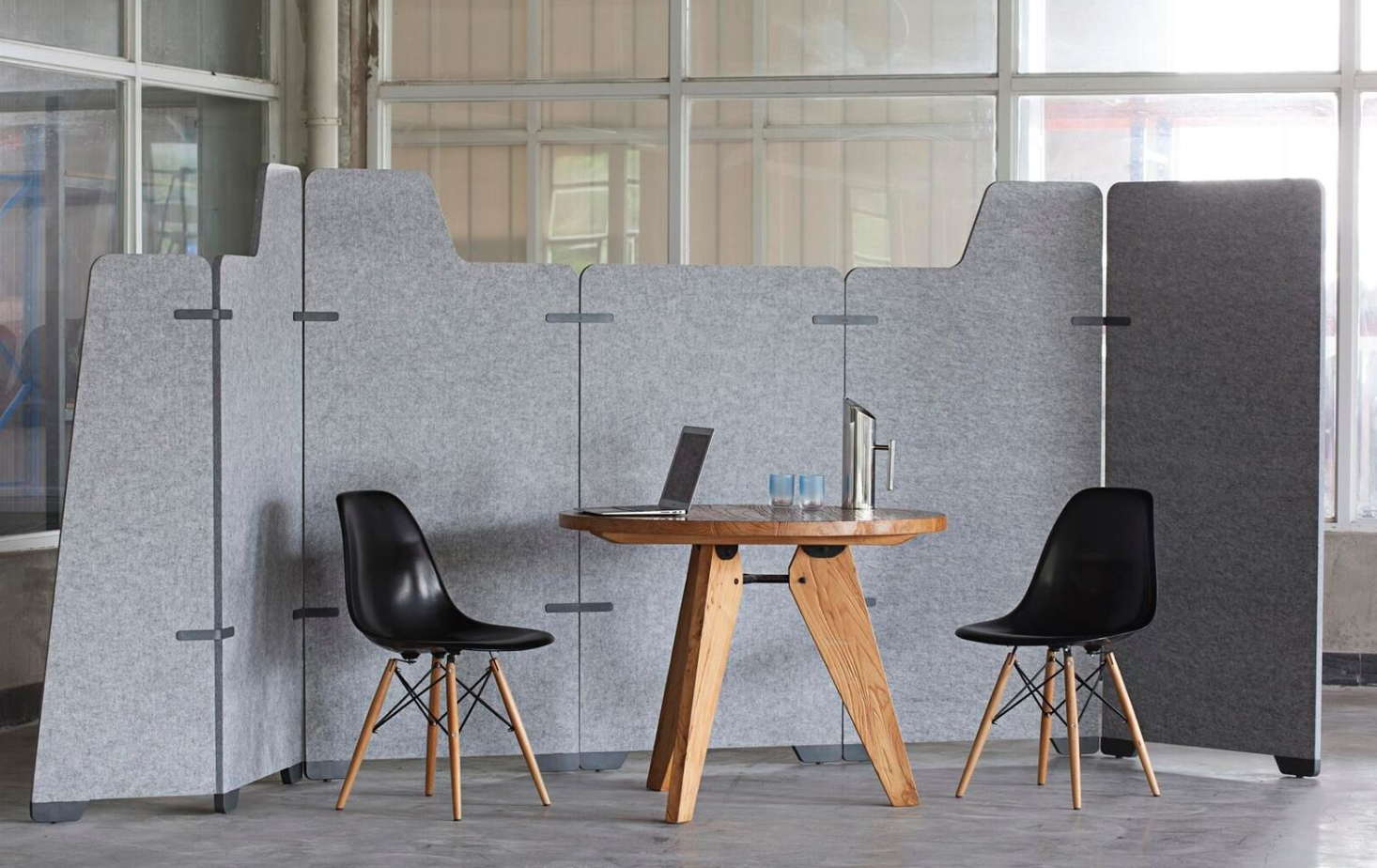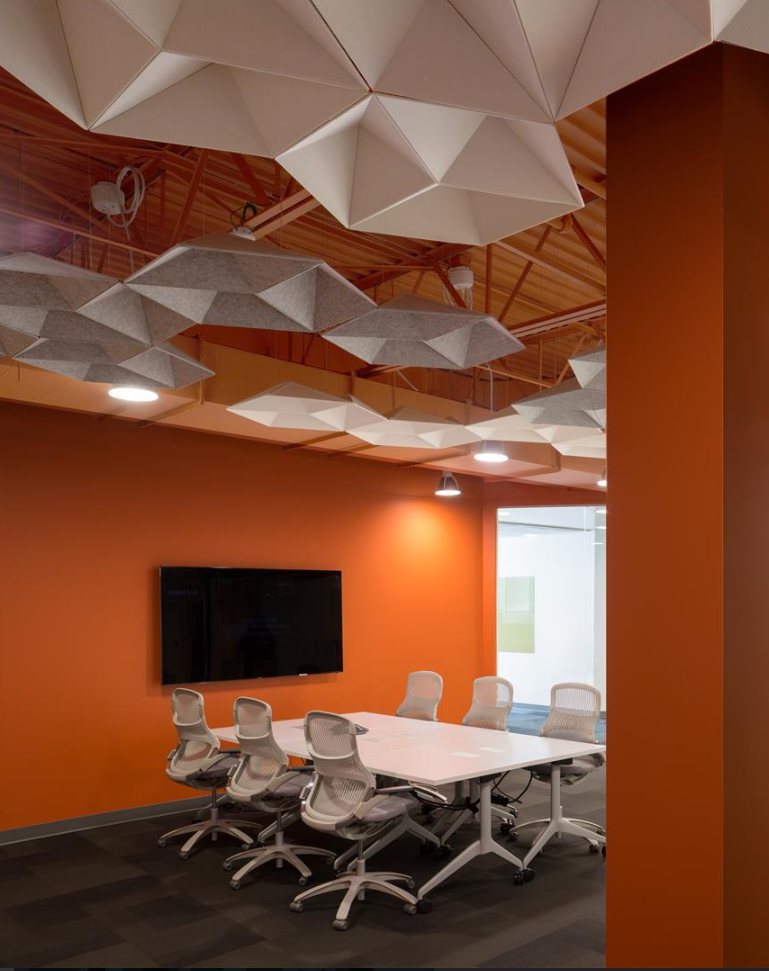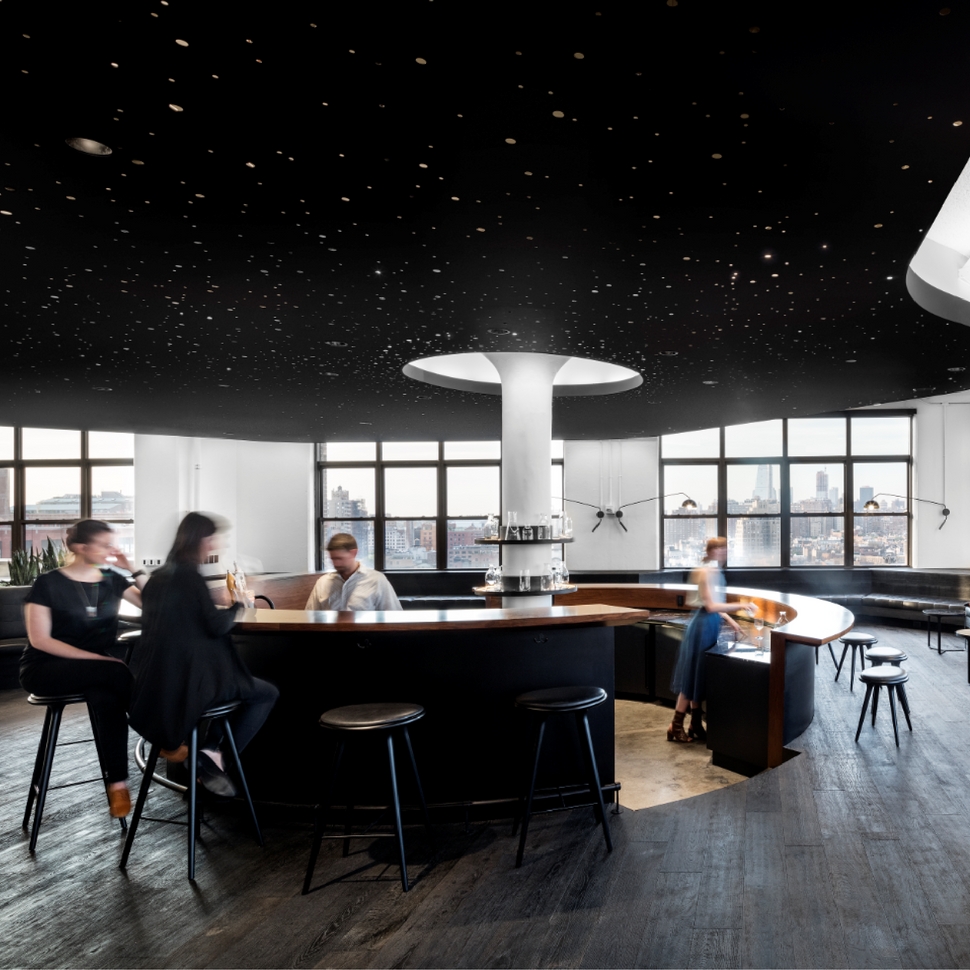One of the biggest criticisms against coworking and shared workspace environments is the high levels of noise that often lead to distraction and lack of productivity.
This, however, didn’t convinced workers and companies that tearing down the walls was a bad idea; it just meant that maybe there were a little too eager to tear them all down at once. When it comes to workplace design (and we’ve said this plenty a time), there’s no such thing as a one size fits all approach.
Luckily, interior designers are known for their creativity and innovation, and there are now various ways to easily and successfully combat unwanted noise levels in open workplace environments.
Allwork reached out to three interior design experts to learn about how carefully chosen design elements and materials can improve the overall ambiance.
“It is easy to forget about acoustics and concentrate on building a beautiful space. However, productivity, creativity and employee satisfaction often hinge on the ambient sound environment. It can be a bit of a “Goldilocks’ situation. Too much noise is not good, but too little can make for a sterile work environment.” – John Stein
John Stein, President at Kirei
Introduce Sound-Absorbing Panels
Modern workspaces tend to be filled high ceilings and hard surfaces, including large desks, bare walls, hardwood or concrete floors. This is a recipe for reverberation and poor sound quality; sound bounces around a space, and if there are minimal absorbing surfaces in the area, the reverberation time is much longer. Which leads to more noise. One of my favorite “quick-fixes” for this is to install acoustic panels to absorb sound. These are typically placed on a wall or hung from the ceiling and come in design-friendly colors, patterns, and shapes.

Use Acoustic Partitions to Create Zones Within A Larger Space
Sound-absorbing partitions are a great way to zone off sections within a larger space to optimize sound quality and create designated areas for workers to take phone calls or hold meetings. Another perk of partitions is that they can be moved around as needed and don’t require permanent installation. These sound absorbing partitions also help absorb ambient sound within the space, creating a quieter overall environment.

Don’t Forget the Ceiling
Covering a ceiling’s hard surfaces with acoustic panels, such as hanging clouds or baffles, can result in significant echo reduction. The conference room pictured below is a good example of adding sound-absorbing material to a space that might not have much wall room to work with. These clusters of hanging ceiling absorption clouds are made with sound-absorbing EchoPanel in shapes that help disperse and absorb sound that is carried up from those using the space.



 Dr. Gleb Tsipursky – The Office Whisperer
Dr. Gleb Tsipursky – The Office Whisperer Nirit Cohen – WorkFutures
Nirit Cohen – WorkFutures Angela Howard – Culture Expert
Angela Howard – Culture Expert Drew Jones – Design & Innovation
Drew Jones – Design & Innovation Jonathan Price – CRE & Flex Expert
Jonathan Price – CRE & Flex Expert











